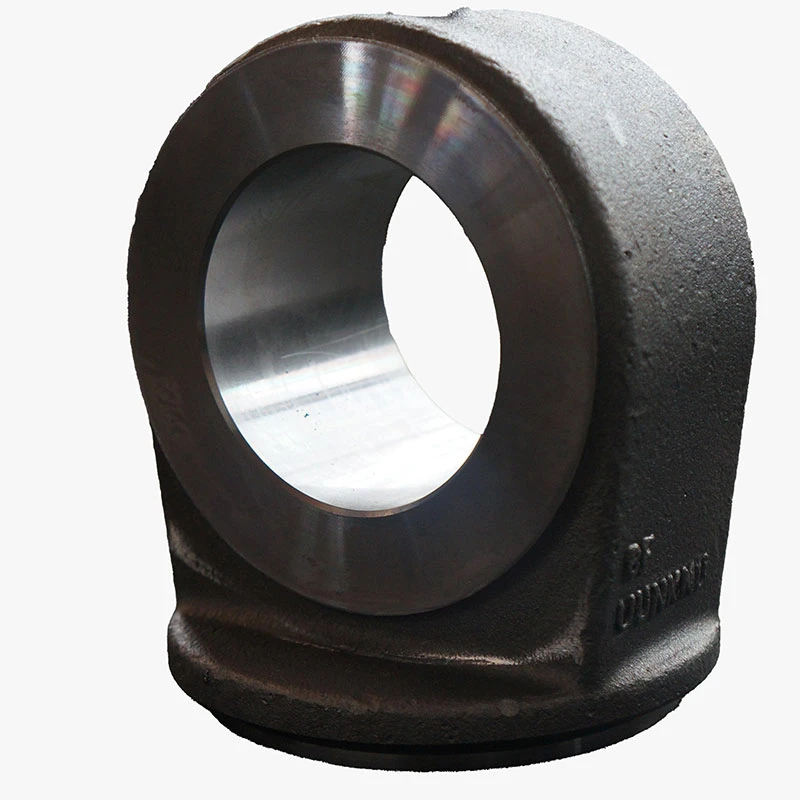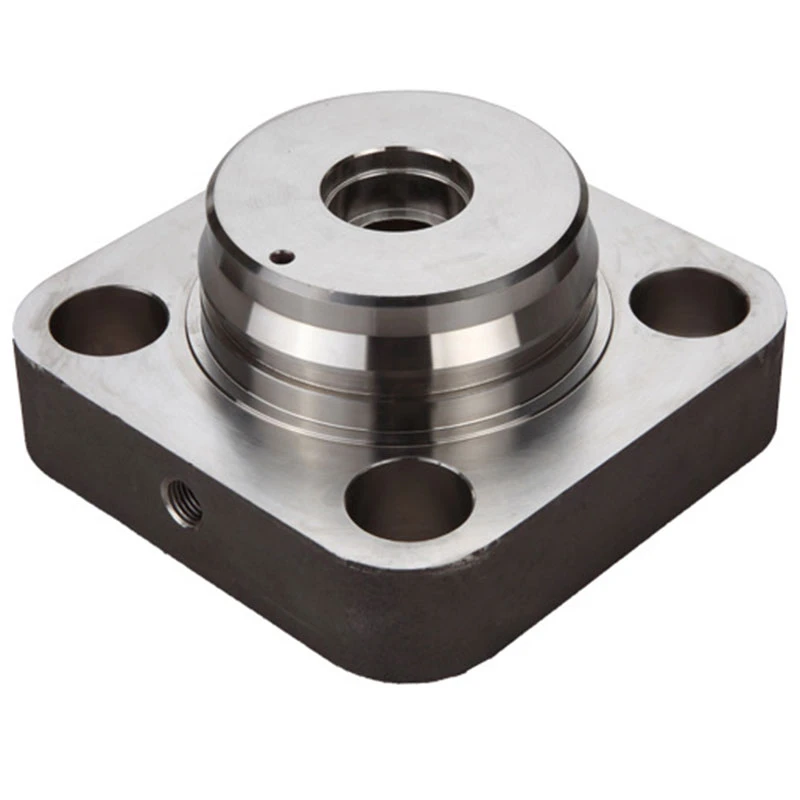2月 . 10, 2025 11:42
Back to list
green sand vs dry sand casting
Sand casting is an essential manufacturing process that has been used for centuries to create complex metal components with precision and efficiency. Whether you're a budding entrepreneur aiming to understand sand casting for product creation or a seasoned engineer deep-diving into advanced techniques, understanding the materials involved in sand casting can significantly influence the quality of the final product.
A metal of choice is the final and perhaps the most visible aspect of sand casting. The choice of metal depends on the application and desired properties of the finished product. Common metals include aluminum, iron, steel, and brass. Each metal has its specific set of properties such as melting temperature, shrinkage characteristics, and mechanical strengths, which influence the casting outcomes. In addition to these core elements, several auxiliary materials play a vital role in refining the casting process. Coatings are applied to molds and cores to minimize the occurrence of casting defects and improve the surface quality. These coatings, typically made from materials like graphite, zirconium silicate, or magnesia, create a barrier between the metal and the sand, preventing sand erosion and metal penetration. Additionally, additives are occasionally mixed with the sand to enhance specific properties. For example, coal dust can be added to prevent defects such as scabbing and metal penetration. Similarly, other additives may be used to improve the mold’s thermal conductivity and reduce the incidence of casting defects like gas porosities. The success of sand casting hinges on the harmonious interplay of these materials, matched carefully with the process requirements and desired characteristics of the finished product. Understanding and selecting the right combination of materials not only optimizes production efficiency but also ensures high-quality, durable components. Continuous advancements in material science and technology have propelled sand casting into new realms, enabling manufacturers to envision and create increasingly complex and high-performance parts. By focusing on the intricate details of material selection and process optimization, engineers and manufacturers can achieve excellence in sand casting, ensuring their products meet the highest standards of quality and performance demanded by today's competitive markets.


A metal of choice is the final and perhaps the most visible aspect of sand casting. The choice of metal depends on the application and desired properties of the finished product. Common metals include aluminum, iron, steel, and brass. Each metal has its specific set of properties such as melting temperature, shrinkage characteristics, and mechanical strengths, which influence the casting outcomes. In addition to these core elements, several auxiliary materials play a vital role in refining the casting process. Coatings are applied to molds and cores to minimize the occurrence of casting defects and improve the surface quality. These coatings, typically made from materials like graphite, zirconium silicate, or magnesia, create a barrier between the metal and the sand, preventing sand erosion and metal penetration. Additionally, additives are occasionally mixed with the sand to enhance specific properties. For example, coal dust can be added to prevent defects such as scabbing and metal penetration. Similarly, other additives may be used to improve the mold’s thermal conductivity and reduce the incidence of casting defects like gas porosities. The success of sand casting hinges on the harmonious interplay of these materials, matched carefully with the process requirements and desired characteristics of the finished product. Understanding and selecting the right combination of materials not only optimizes production efficiency but also ensures high-quality, durable components. Continuous advancements in material science and technology have propelled sand casting into new realms, enabling manufacturers to envision and create increasingly complex and high-performance parts. By focusing on the intricate details of material selection and process optimization, engineers and manufacturers can achieve excellence in sand casting, ensuring their products meet the highest standards of quality and performance demanded by today's competitive markets.
Latest news
-
OEM Sand Cast Pump Valve Fittings-Baoding Hairun Machinery|Customization&Quality AssuranceNewsAug.08,2025
-
OEM Sand Cast Pump Valve Fittings - Baoding Hairun Machinery And Equipment Trading Co., Ltd.NewsAug.08,2025
-
Precision Aluminium Die Casting Companies - Custom SolutionsNewsAug.08,2025
-
OEM Sand Cast Pump Valve Fittings - Baoding Hairun Machinery And Equipment Trading Co., Ltd.|Precision Engineering, Industrial Fluid ControlNewsAug.08,2025
-
OEM Sand Cast Pump Valve Fittings - Baoding Hairun Machinery And Equipment Trading Co., Ltd.NewsAug.07,2025
-
OEM Sand Cast Pump Valve Fittings - Baoding Hairun Machinery And Equipment Trading Co., Ltd.NewsAug.07,2025
PRODUCTS CATEGORIES















